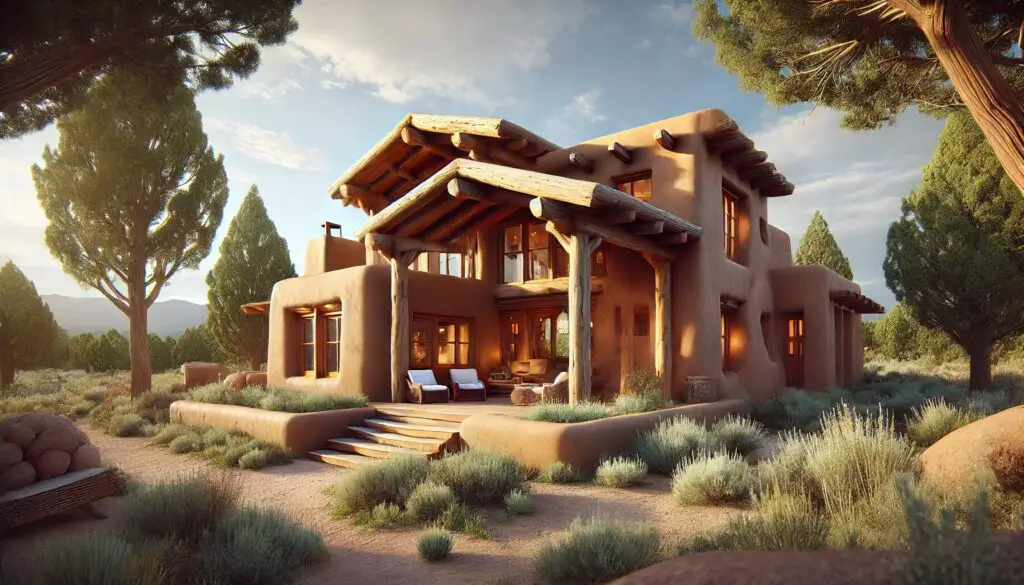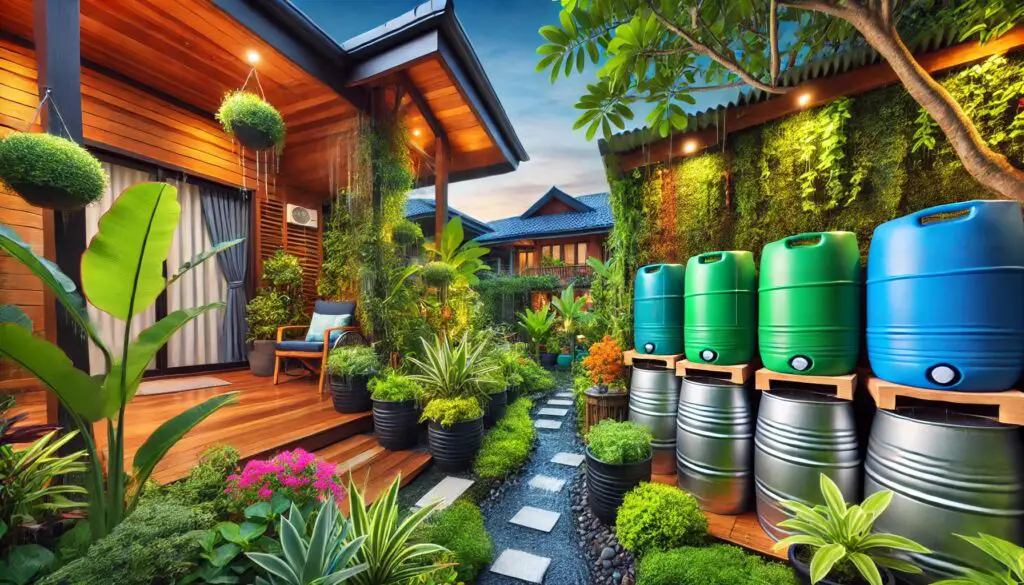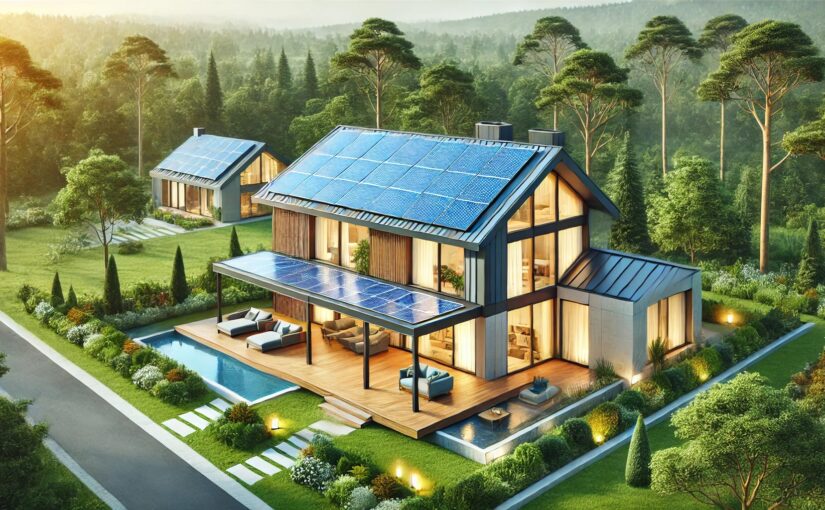When it comes to buying a home, many people focus on finding a property with a low price tag. However, it’s not just about buying the cheapest house; it’s about living in a way that doesn’t cost you or the environment in the long run. By adopting energy-efficient solutions, you can create a home that saves you money and helps protect the planet. Let’s explore some practical and creative ideas to transform your home into an energy-efficient wonderland.
1. Insulate, Insulate, Insulate
One of the simplest and most effective ways to improve your home’s energy efficiency is to ensure it is well-insulated. Proper insulation keeps your home warm in the winter and cool in the summer, reducing the need for heating and cooling systems.
Attic and Walls: Start with your attic and walls. Adding insulation to these areas can make a significant difference in your energy bills. There are various types of insulation available, including fiberglass, foam, and cellulose.
Windows and Doors: Don’t forget to insulate your windows and doors. Double-glazed windows and weather stripping around doors can prevent drafts and maintain your home’s temperature.
2. Energy-Efficient Lighting
Switching to energy-efficient lighting is a quick and easy way to reduce energy consumption.
LED Bulbs: Replace incandescent bulbs with LED bulbs. LEDs use up to 75% less energy and last 25 times longer than traditional bulbs.
Smart Lighting: Consider installing smart lighting systems that allow you to control your lights remotely and set schedules to turn them off when not needed.
3. Solar Power
Harnessing the power of the sun is an excellent way to make your home more energy-efficient.
Solar Panels: Installing solar panels on your roof can significantly reduce your reliance on traditional energy sources. Solar panels convert sunlight into electricity, which can power your home and even reduce your energy bills.
Water Heaters with Solar: A solar water heater uses the sun’s energy to heat your water, which can be a substantial portion of your energy consumption.
4. Compost Heater (Biomeiler)
A compost heater, or biomeiler, is a fantastic and eco-friendly way to generate heat using organic waste.
How It Works: A compost heater uses the heat generated from decomposing organic material to warm water, which can then be circulated to heat your home. This method not only provides heat but also helps manage waste.
Setting It Up: To set up a biomeiler, you’ll need a large pile of compostable materials, such as wood chips, leaves, and grass clippings. As these materials decompose, they produce heat, which is transferred to water pipes running through the pile. The heated water can then be used for your home’s heating system.
5. Build with Adobe or Rammed Earth

Constructing your home with sustainable materials like adobe or rammed earth can dramatically increase its energy efficiency.
Adobe Homes: Adobe is made from natural materials like clay, sand, and straw. Adobe homes have thick walls that provide excellent insulation, keeping the interior cool in summer and warm in winter. This reduces the need for artificial heating and cooling.
Rammed Earth: Similar to adobe, rammed earth construction involves compressing a mixture of earth, sand, and clay to create solid walls. These walls are not only energy-efficient but also durable and aesthetically pleasing.
6. Efficient Heating and Cooling Systems
Upgrading your heating and cooling systems can lead to significant energy savings.
Heat Pumps: Consider installing a heat pump, which can both heat and cool your home efficiently. Heat pumps use less energy than traditional heating and cooling systems by transferring heat rather than generating it.
Programmable Thermostats: Use programmable thermostats to set your heating and cooling systems to run only when needed. This can prevent energy waste and reduce your utility bills.
7. Water Conservation
Reducing water usage is another important aspect of an energy-efficient home.
Low-Flow Fixtures: Install low-flow showerheads, faucets, and toilets to reduce water consumption without sacrificing performance.
Rainwater Harvesting: Set up a rainwater harvesting system to collect and store rainwater for use in your garden or for flushing toilets. This reduces the demand on your main water supply.

8. Green Roofing
Green roofs are an innovative way to enhance your home’s energy efficiency.
What is a Green Roof?: A green roof is covered with vegetation, which provides natural insulation and helps regulate the temperature inside your home. Green roofs also absorb rainwater, reduce runoff, and improve air quality.
Benefits: Besides improving insulation, green roofs create a habitat for wildlife and add an attractive, natural element to your home.
9. Energy-Efficient Appliances
Switching to energy-efficient appliances can have a big impact on your home’s overall energy consumption.
ENERGY STAR Appliances: Look for appliances with the ENERGY STAR label, which indicates they meet strict energy efficiency guidelines. These appliances use less energy and water, saving you money in the long run.
Smart Appliances: Consider smart appliances that can be controlled remotely and operate more efficiently. For example, smart thermostats learn your habits and adjust the temperature accordingly, optimizing energy use.
10. Passive Solar Design
Incorporating passive solar design principles into your home can maximize natural heating and lighting.
Orientation: Position your home to take advantage of the sun’s path. South-facing windows can capture maximum sunlight during the winter, while overhangs can provide shade in the summer.
Thermal Mass: Use materials with high thermal mass, such as concrete or stone, to absorb and store heat during the day and release it at night, maintaining a stable indoor temperature.
Conclusion
Turning your home into an energy-efficient wonderland doesn’t have to be overwhelming. By implementing these innovative solutions, you can create a sustainable and comfortable living space that benefits both you and the environment. From simple changes like switching to LED bulbs and installing low-flow fixtures to more advanced options like building with adobe or setting up a compost heater, there are countless ways to improve your home’s energy efficiency. So, start making these changes today and enjoy the benefits of an eco-friendly, energy-efficient home.

One thought on “Turn Your Home Into an Energy-Efficient Wonderland”